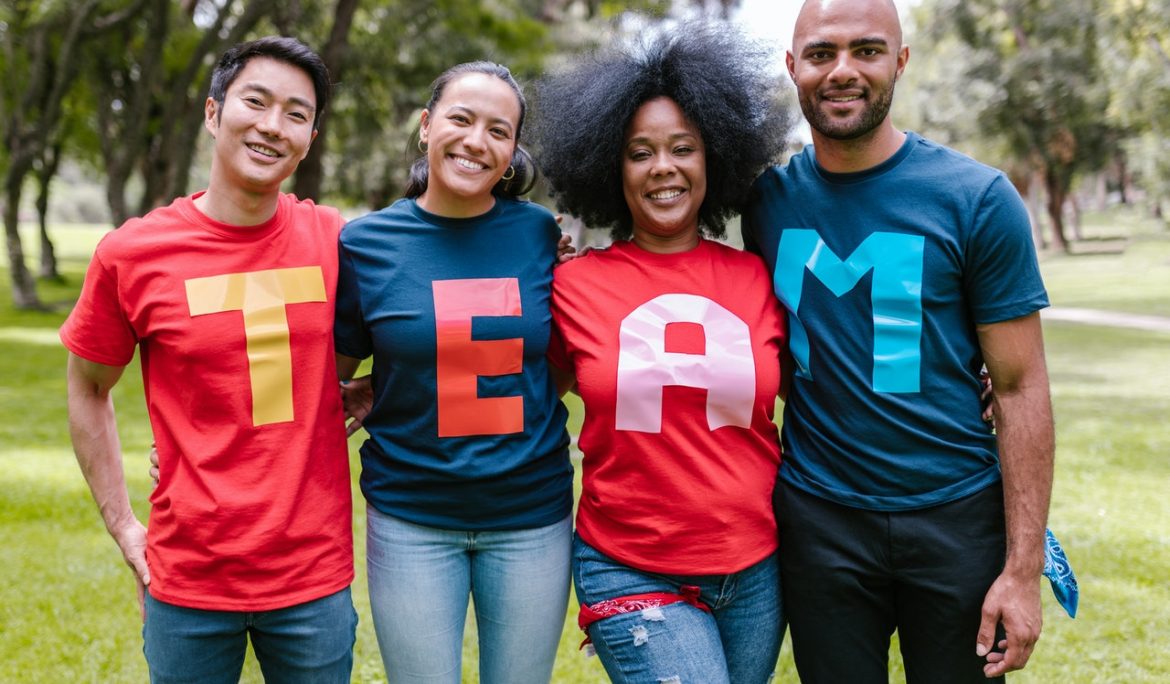
As of the first half of 2021, the human population has reached 7.8 billion, with more than 4.1 billion people aged between 20 and 59, the standard working years. Living in this age and time, considering that we are still reeling under the COVID-aftermath, leaving out even a fraction of the working-age population, citing reasons like gender, race, color, etc., would be an absolute waste of potential. That’s where the relevance of inclusion and diversity in the workforce comes into play.
What is diversity?
Diversity is when an organization employees people from varied races and cultural backgrounds, presenting equal opportunities, remunerating according to the ability and not gender, race, caste, creed, or color.
What is inclusion?
A diverse team cannot thrive without an inclusive culture. Inclusion can be referred to as a work culture where people from diverse backgrounds work together confidently and comfortably without feeling obligated, judged, or discriminated against. They are comfortable being in their native element. An inclusive workplace makes every employee feel appreciated and an important part of the organization.
How do diversity and inclusion matter in the team?
Studies have shown that teams composed of members that evoke similarity get limited by slim opportunities for learning. On the contrary, a multicultural and diverse team working in an inclusive environment will have unlimited scope of learning and improvement. These teams are known to excel better compared to others. Since most organizations are trying to transcend the borders and appeal to the global consumer base, it is more important to implement diversity and inclusion into the team structure.
Amidst the recent COVID-crisis and a rapidly changing business world, leaders feel that diversification and inclusivity have become more than just moral responsibility for them. There are mines of underutilized human resource potential that can amass great benefits for organizations if incorporated properly.
According to some leaders, the pandemic has impacted disproportionately the minority cultural groups and women especially, which needs to be corrected by people in a position of power. Leaders at the moment feel it to be their responsibility to uplift these groups and include them in the workforce, offering equal growth opportunities.
Citing the incidents of intolerance among masses regarding a certain race or gender, some leaders believe that inclusivity might be the best solution to end this once and for all. Working with multicultural people helps to understand different cultures, gain more insight and global impact.
Here are a few tips for leaders regarding how they can foster the idea of diversity and inclusion:
- Set an example by creating opportunities and showing your commitment to being a responsible business person.
- Hold the peers accountable and responsible for their actions.
- Offer support through partnerships to do business responsibly through inclusion and diversification.
- Collaborate with other leaders to develop a set of best practices within the industry.
- Address issues outside the organization like climate change, sustainable development, inequality, and spread awareness.
- Develop a level of competence to create and foster inclusivity and diversity for healthy workplaces.
- A consideration regarding how your organization is incentivizing the decisions towards inclusivity.
- Measuring the metrics of the business approaches and making changes accordingly.
On an ending note, diversity and inclusion in the workplace are the trends of the new normal, and the leaders are slowly coming to terms with the fact, making notable changes within their capacity. It’s time you embrace it and make a difference of your own.









































